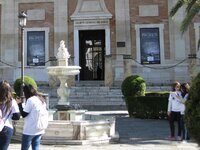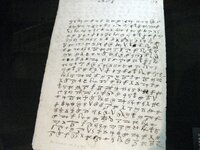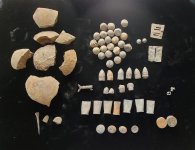cactusjumper
Gold Member
No need to be difficult. You know as well as anyone that those type of people are heavily prejudiced against the TH community. Father Polzer, as an historian, is a good example. Source: In the August 1962 edition of DESERT, he excoriates the idea of there being Jesuit treasure, but does not do so in a scientific fashion. Many claim to have found the end of the trail, including you, but insufficient evidence, visual or otherwise, has been presented to support their arguments or yours, except in one case.
deducer,
Many people have found my solution of the Stone Map Trail to be the best one available. All of my evidence is visible and has been posted many, many times. In addition, I have provided my trail laid out on a topographic map to many folks. Some of them, admittedly, don't find it as close a fit as I do.
In that respect, they are much like you and your seeming inability to follow my explanation of the precepts, no matter how I word the answer.......to make it simple and obvious. No doubt that is my failing rather than any fault of yours. Here I was expecting a thank you, and all I got was the same question over and over again.
At work right now, so I won't give you the page #, but here is one of my sources:
Father Charles Polzer SJ’s book: “Rules and Precepts of Jesuit Missions in Northwestern New Spain".
No doubt, being the efficient researcher you are, I would assume you already have Father Polzer's book.

I realize a simple thank you for providing the answer to your question, is out of the question, since you see no value in my answer. That being the case, there is no value in my providing you with any other sources in the future.
Good luck with the Stone Maps.
Joe Ribaudo










